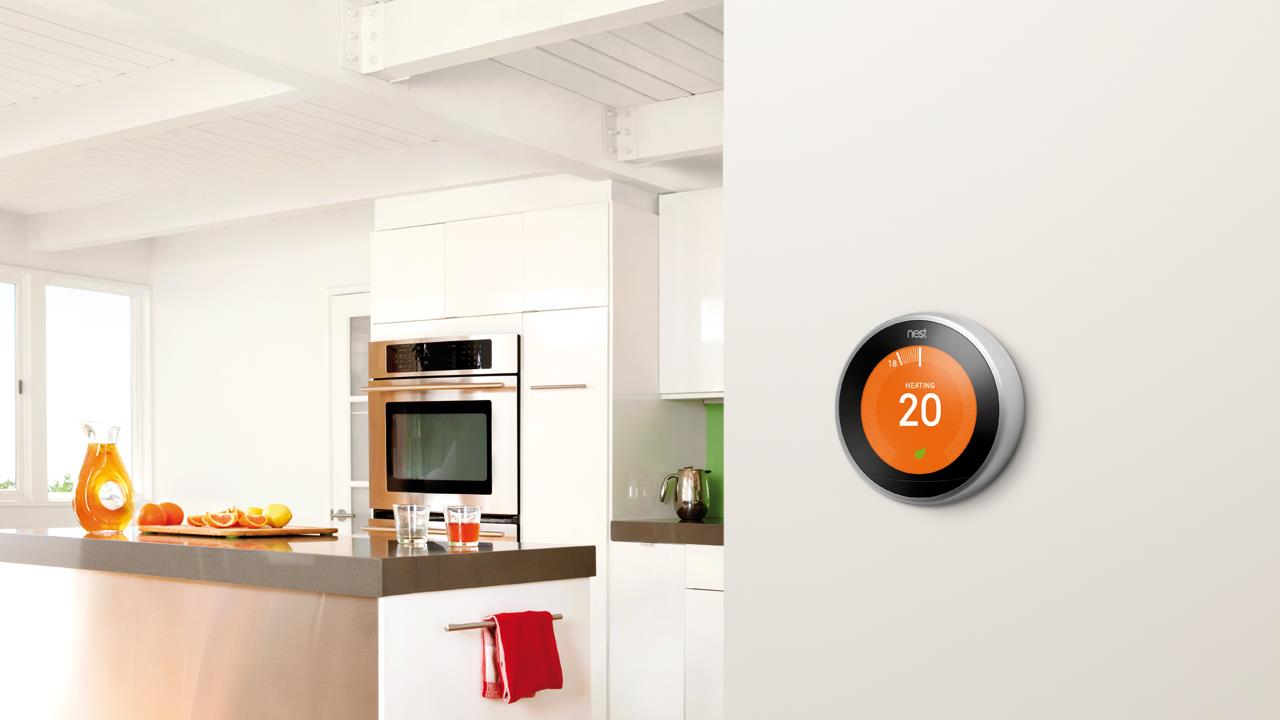


Paul Haynes, Head of Industry Partnerships at Google Nest, discusses the growth in connected living and reveals why this represents a major opportunity for installers looking to grow their business.
Four or five years ago, when connected home technologies first came into the marketplace they were very much for the gadget owners and techies. Now, thanks to the emergence of better WiFi and connectivity, devices like smart thermostats, home hubs, and video doorbells are no longer seen as a gimmick in somebody’s home.
These technologies are entering into the mainstream and heading towards mass adoption, with today’s consumers buying more connected products, exhibiting greater awareness of connected technology, and realising that these devices can actually assist them in energy savings, help them be more secure in their home, and give them information wherever they are.
What some consumers still do not realise, however, is that these devices perform even better when they are connected with each other. This is understandable. For too long, the connected home has been complicated to set up and manage, with a lot of different devices that don’t work well together, too many apps to download, and a hub for each device.
Happily, connected device manufacturers like Google Nest have been working to make the connected home a little less complicated and, well, more helpful. A home where devices work together to connect homeowners to friends and family and make them feel comfortable.
New opportunities
As well as making life better for the consumer, our mission to create a more helpful home has led to a major opportunity for professional installers. People want these connected home devices, but don’t have time to install them. They want an expert to set them up, so they can just use them, which is where professional installers come in.
In the past, we have had quite disparate trades – there’s heating engineers, electricians, security, and more; each responsible for fulfilling only one aspect of a customer’s needs and requirements.
With connected technology, a new trade based around WiFi is arising, and the traditional installer – with their skills, knowledge, and core expertise – is in the perfect position to improve their bottom line and increase profits by joining this new trade.
Yes, you may need to pick up a few new skills, but these new skills are quite easy to master in comparison with learning how to solder pipes or wire a five-phase inverter.
Plus, if you do learn these skills and are in somebody’s home installing a device, the connected nature of these devices means that you have the opportunity to upsell or cross-sell connected technologies. In other words, you can get additional revenue for doing a job that you are already doing.
Get connected
It’s an exciting proposition for professional installers looking to futureproof and grow their businesses, especially since you don’t necessarily have to take time out of your busy schedule in order to best equip yourself as a connected home professional.
Educating the professional is a big priority for manufacturers, and we know that installers are going to be our extended salesforce in the consumer’s home, so we want you to know everything there is to know about the latest connected products and market developments.
This is one of the reasons why partner programmes such as Nest Pro exist. On top of offering benefits like customer referrals, these programmes allow connected device manufacturers to pass out the latest news, resources and knowledge to our partners, educating them first and ensuring that they are always ahead of the curve
If you'd like to keep up-to-date with the latest developments in the heating and plumbing industry, why not subscribe to our weekly newsletters? Just click the button below and you can ensure all the latest industry news and new product information lands in your inbox every week.